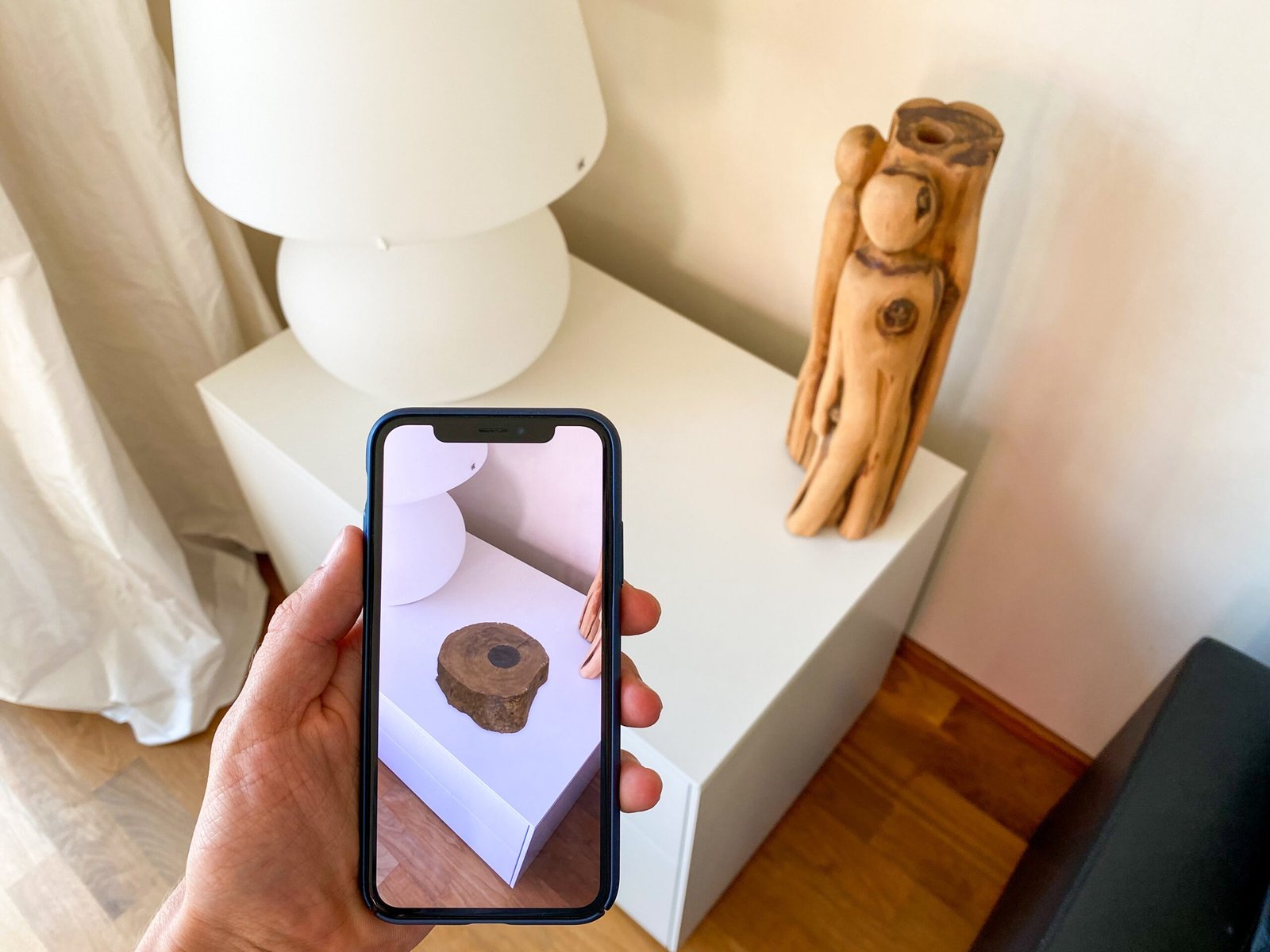The Future of Augmented Reality (AR) in Healthcare

Introduction
Augmented Reality (AR) technology has been making waves in various industries, and one area where it holds immense potential is healthcare. AR refers to the integration of digital information into the real world, enhancing the user’s perception and interaction with their surroundings. In healthcare, this technology has the power to revolutionize patient care, medical training, and surgical procedures.
Use Cases
AR has already found several use cases in healthcare, improving patient outcomes and enhancing the capabilities of medical professionals. One of the most notable applications is in surgical procedures. Surgeons can use AR to overlay digital images and information onto a patient’s body, providing real-time guidance during complex operations. This can help reduce errors, improve precision, and ultimately lead to better patient outcomes.
Another use case for AR in healthcare is medical training. AR can simulate realistic scenarios for medical students and professionals, allowing them to practice procedures and gain valuable hands-on experience in a safe and controlled environment. This can be particularly beneficial for rare or high-risk cases where real-life practice opportunities are limited.
Future Applications
The future of AR in healthcare looks promising, with several exciting applications on the horizon. One area of potential is in telemedicine. AR can enable remote consultations by overlaying medical data and images onto the patient’s body, allowing healthcare professionals to provide accurate diagnoses and treatment recommendations from a distance.
AR also has the potential to improve patient education and engagement. By using AR technology, patients can visualize their medical conditions and treatment plans in a more interactive and understandable way. This can empower patients to take an active role in their healthcare journey and make informed decisions about their treatment options.
Furthermore, AR can play a significant role in rehabilitation and physical therapy. By creating immersive and interactive experiences, AR can make therapy sessions more engaging and motivating for patients. It can also provide real-time feedback and guidance, helping patients perform exercises correctly and track their progress.
Conclusion
The future of augmented reality in healthcare is bright. With its ability to enhance patient care, improve medical training, and enable remote consultations, AR has the potential to transform the healthcare industry. As technology continues to advance, we can expect to see even more innovative applications of AR in healthcare, ultimately leading to better outcomes for patients and healthcare professionals alike.
